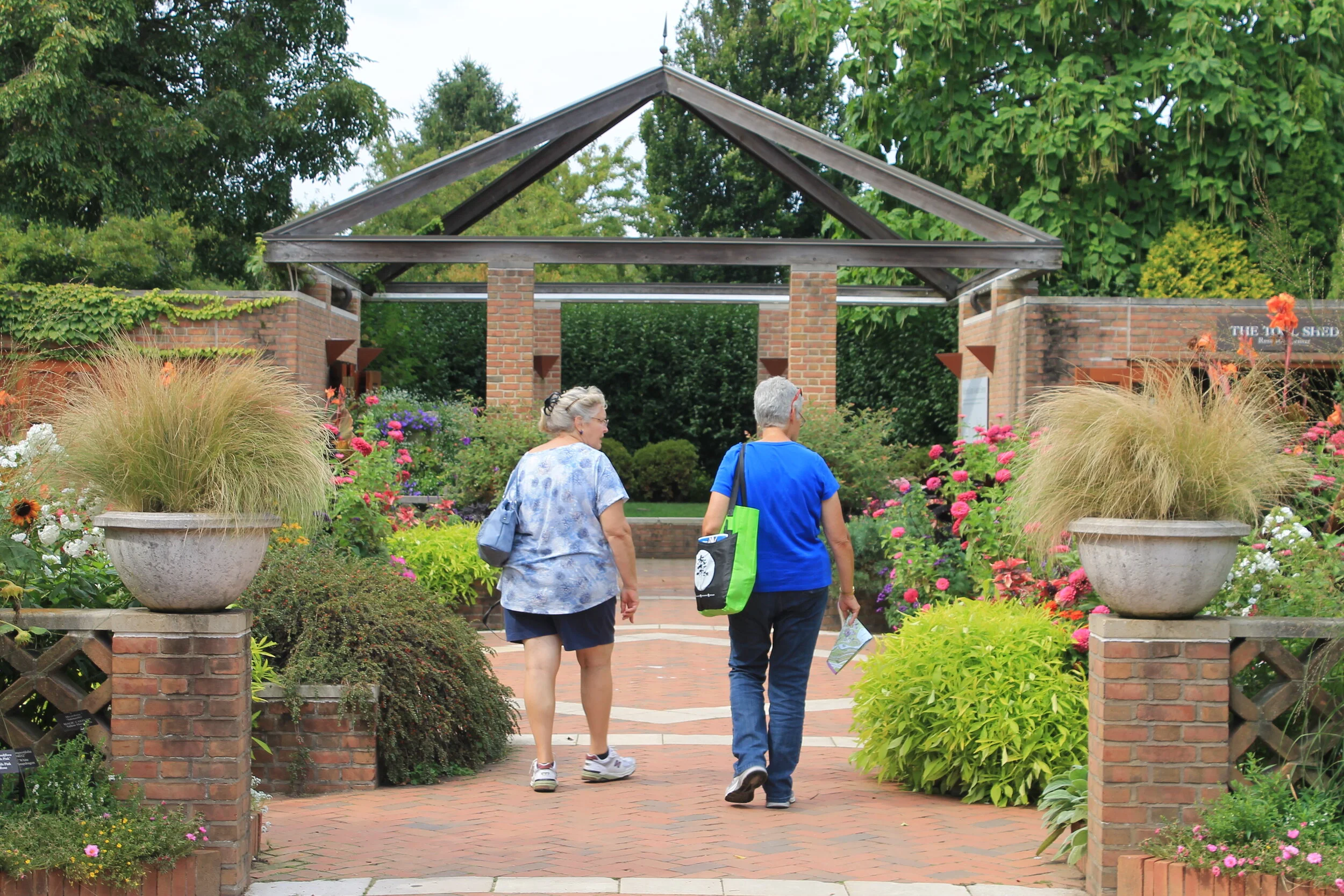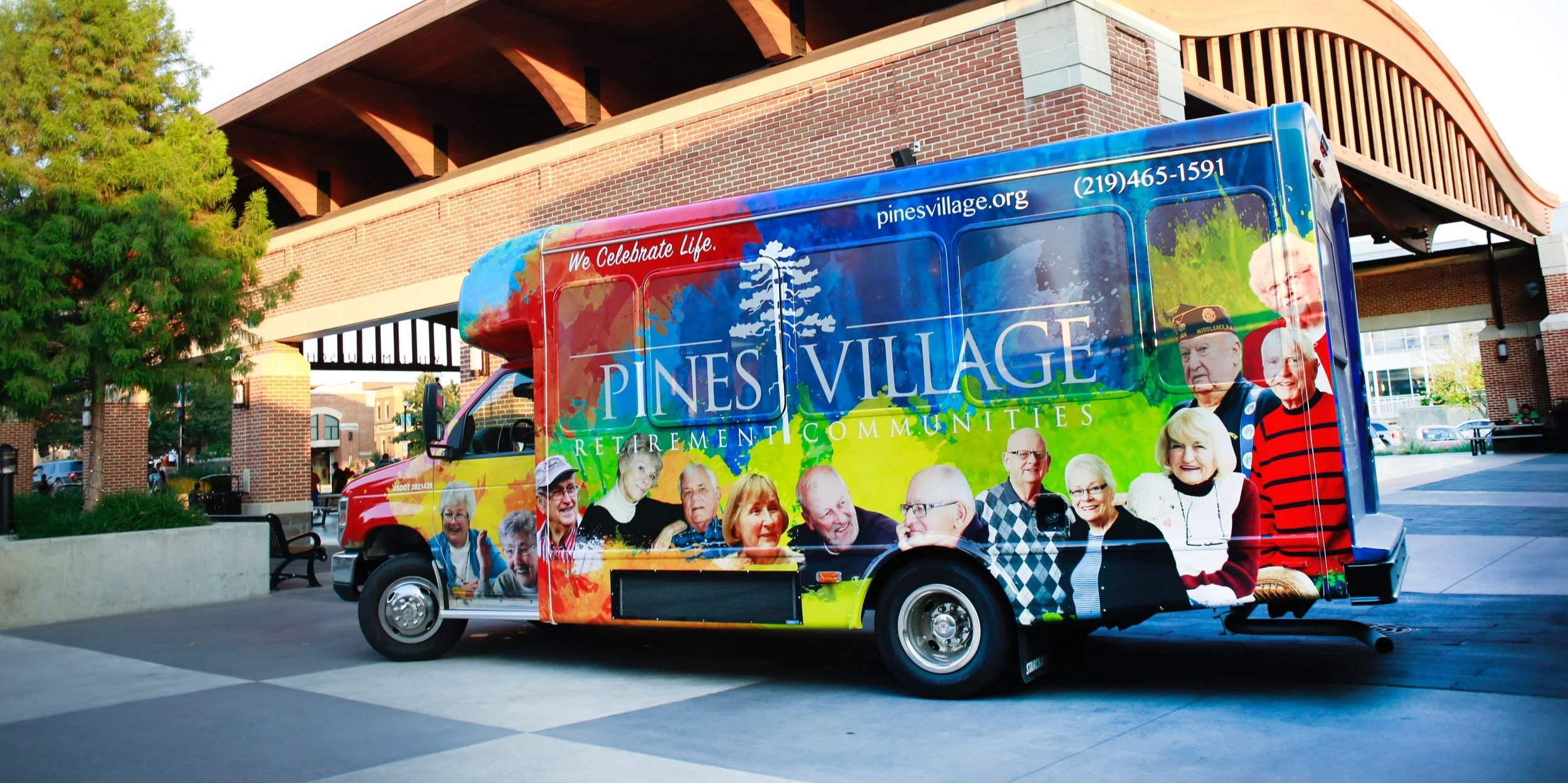Learning to create and maintain healthy habits as your body ages is a lifelong journey and important to begin at any age. As seniors, it is vital to manage your health and wellness as health situations occur more frequently as you get older. In this article, we’ll dive into the different areas of your daily routine that may require changes to promote a healthier lifestyle. Keep reading along to uncover some new ways that seniors can create healthy habits to ensure their long-term health and wellbeing.
UNDERSTAND YOUR FAMILY HEALTH HISTORY
Being familiar with your family health history is an essential part of fostering healthy habits. Knowing what you may be predisposed to will only allow you to make more mindful decisions around your health as you age. As a senior, knowing the health concerns you have and providing that information to your family can help the younger generations prioritize their wellness early on. Here are some of the main health areas you can focus on in your research of your family’s health history:
HEART DISEASE
As heart disease remains the leading cause of death in the United States, it’s important to keep heart health top of mind. Many cardiac diseases can have hereditary beginnings, including arrhythmias, coronary artery disease, and cardiomyopathy. Other health factors that may attribute to heart disease, such as high blood pressure, can also have familial ties. Heart health can affect many systems in the body when left undiagnosed and untreated.
TYPE 2 DIABETES
This type of diabetes occurs when the body has abnormally high blood sugar levels, which prompt the pancreas to create more and more insulin, resulting in the body’s resistance to insulin over time. While this disease is a more common diagnosis for older individuals, it is possible to diagnose younger people with prediabetes. There is no clear pattern of inheritance with Type 2 Diabetes, however, the likelihood of having the disease increases with every family member that receives the diagnosis.
EYE DISEASE
Many eye diseases have hereditary connections to take note of–from astigmatisms to glaucoma and age-related macular degeneration (AMD), the health of your eyes is not something to take lightly. Many of these conditions are treatable, not curable, and they come with many warning signs. As glaucoma and AMD are the leading causes of blindness in adults, seniors should pay close attention to any eye-related struggles they have. This includes frequent changes to vision prescriptions, eye pain, eye dryness, and even blurriness.
BE PROACTIVE
Knowing what is in your family history is a great starting point to creating a healthy lifestyle. Here are some ways to create healthy habits based on the health risk areas mentioned above:
HEART DISEASE
There are many ways you can have a heart-healthy life as you age. Eating healthy, staying active, and limiting stressors are just a few ways you can actively promote your wellness and protect your heart. Speaking with your doctor about what foods you need in your diet and creating a fitness routine that works with your lifestyle will be vital to your wellness. Making these changes can be a fun opportunity to try new things. Finding fun recipes, utilizing online workout classes to do from home, or even taking a walk around the park with family can give seniors the chance to experience new things daily. It is important to note that stress and anxiety can elevate things like high blood pressure, so seniors should consider implementing stress-relieving activities–like socializing with friends and family–to help prioritize all factors of their health, physically, mentally, and spiritually.
TYPE 2 DIABETES
The habits you form to manage your diabetes or prevent the onset of it, are very similar to those you create to protect the health of your heart. As Type 2 Diabetes comes from high blood sugar levels, your diet is critical to your wellness. Creating a diet with proper portions and cholesterol levels is crucial to diabetic health. As diabetes can affect other areas of your health, having appointments with your physicians to check on your kidneys, eyes, and feet can help determine if there are other areas of your health that are in need of treatment. You can also monitor your blood levels at home with at-home glucose monitoring kits. These are great for anyone who may be predisposed to diabetes, or if you have been diagnosed with pre-diabetes.
EYE DISEASE
As many eye diseases that come with age are more so treatable than curable, it is important to be as proactive as possible. With any changes to your eyes or vision seeing your eye doctor can help determine a course of action for your eye health. Experts recommend that seniors see their eye doctor every year to closely monitor any vision changes. These routine exams allow for regular eyeglasses adjustments to ensure seniors wear eyeglasses with a proper prescription at all times. When seniors notice a change in their vision or their eyes they must see their eye doctor to assess the situation. They may recommend certain vitamins or vitamin-rich foods to help reduce the onset of certain eye diseases or prescribe eye medication to help alleviate any symptoms that disrupt daily life.
At Pines Villages, we promote the importance of keeping healthy and establishing a lifestyle that leads to wellness and happiness. Keeping your health a top priority allows you to fully enjoy all that life has to offer.
Pines Village Retirement Communities, Inc. is a nonprofit senior living community in Valparaiso, Indiana, with two campuses: Pines Village and Meridian Woods. The Pines Village campus offers pet-friendly independent living apartments with the option to add assistive services à la carte or in packages. The Meridian Woods campus consists of maintenance-free paired homes and Campbell St. Cafe, which, in addition to being a restaurant open to the public, hosts events and acts as a meeting space for residents and local nonprofits.
At Pines Village, we celebrate life by enriching the lives of older adults. We pride ourselves on our culture, which is driven by a passion for serving the residents, visitors, and staff of Pines Village as well as the greater Valparaiso community. Explore our senior apartment availability, learn more about our assisted living options, or contact us with any questions today!






